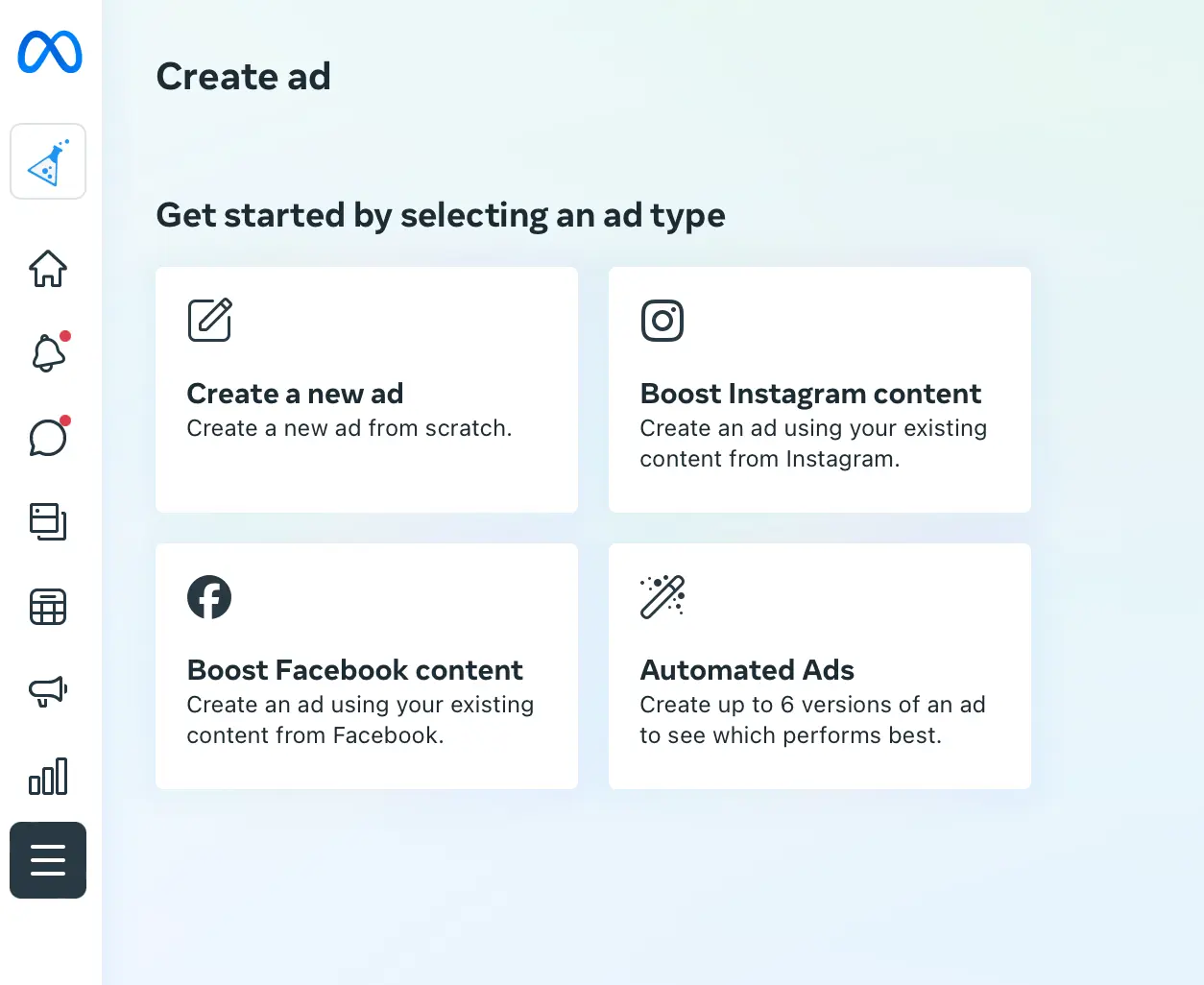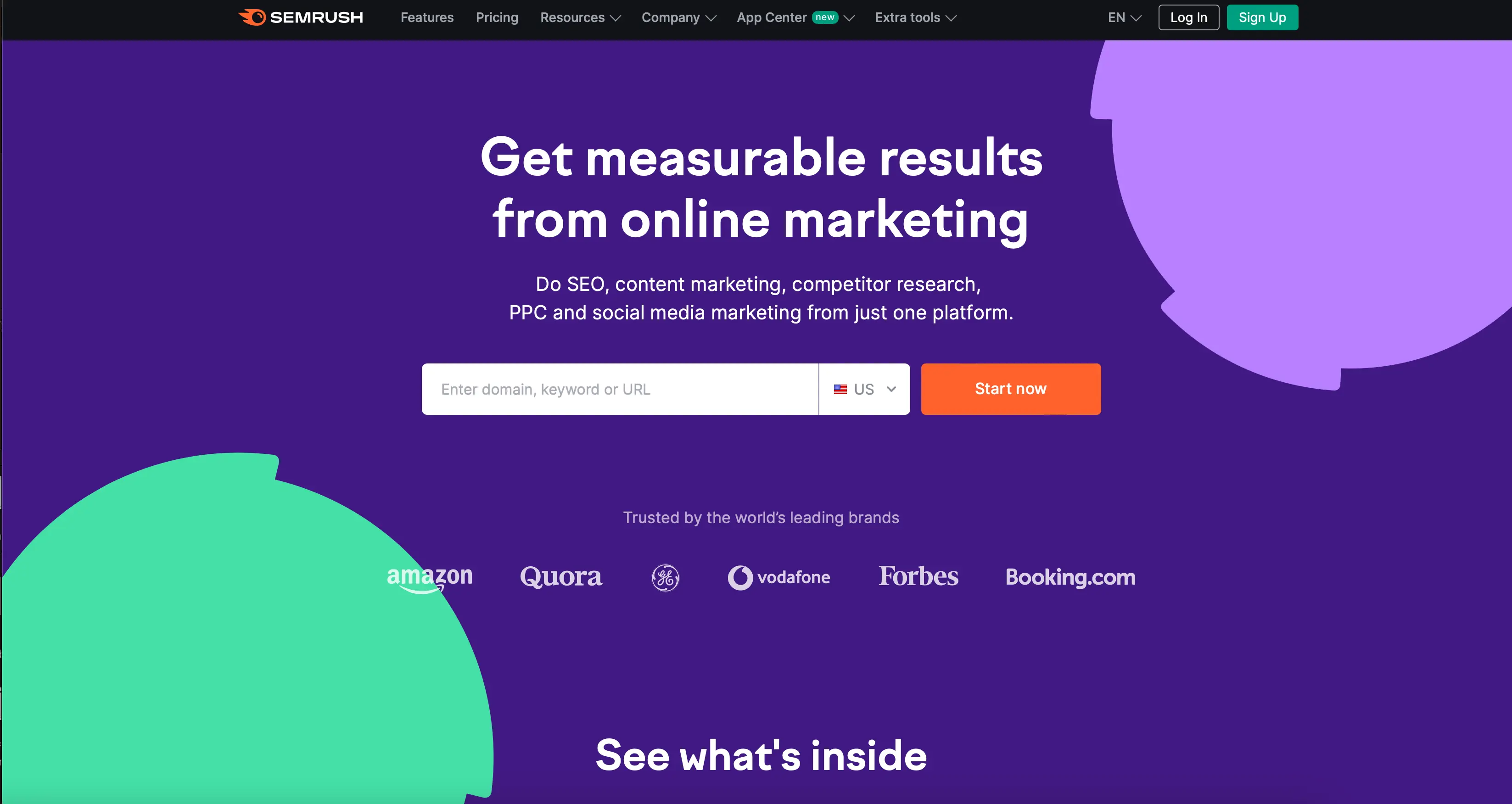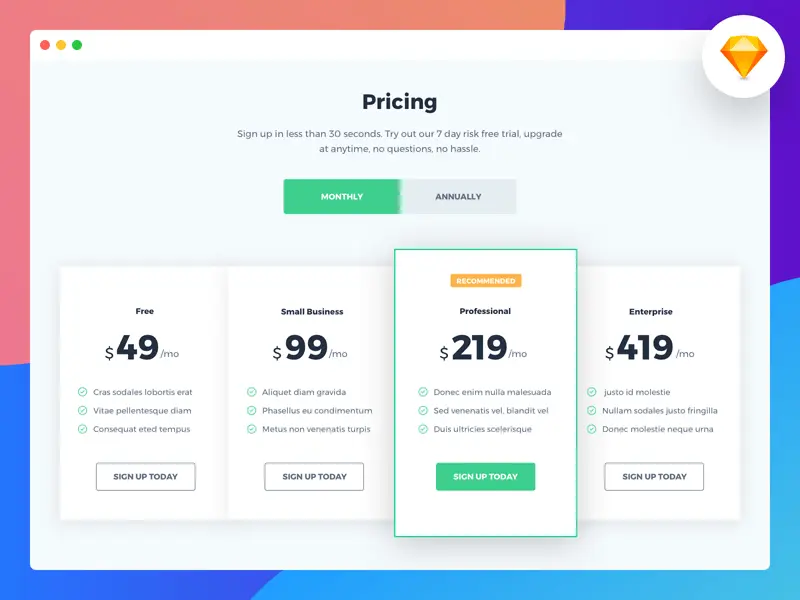The goal of this post is to walk you through the activities you are going to try in order to validate your pitch with a wider audience that goes beyond your friends and family. Before going further I suggest that you’ve already conducted audience research and built yourself a waitlist landing page using our landing page builder that you can link to.
TLDR? Here’s the video primer to market research for startup validation
Choosing the Right Path: Paid Traffic vs Organic Engagement
Once you’ve built a robust understanding of your alleged audience, there are two paths to peruse. Either develop a reputable name for yourself and drive traffic through paid ads, or become an active contributor within your industry’s online communities, driving organic traffic to your site.
Ads - Driving Paid Traffic to Your Validation Page

Pros:
- Speed and Reach: Ads can quickly reach a large audience, offering immediate visibility and faster data collection.
- Targeting: Ads allow precise targeting based on demographics, interests, behaviors, and more, helping you reach your ideal customer.
- Scalability: Once a profitable ad strategy is identified, it can be scaled up to increase reach and revenue.
- Control and Consistency: You have more control over the messaging, timing, and placement of ads.
- Data and Analytics: Ads provide detailed analytics, making it easier to track ROI, customer engagement, and other key metrics.
- Long Term Viability: A working ad model can be a great long term strategy if you make enough money with each purchase to justify the cost per conversion.
Cons:
- Cost: Ads require a budget, and costs can escalate, especially in competitive markets.
- Short-term: Ads often drive short-term gains rather than long-term customer relationships.
- Dependency: Reliance on ads can make your business vulnerable to changes in ad platform algorithms and cost structures.
- Ad Blindness: Some audiences may ignore ads, leading to lower engagement rates.
Organic Engagement (Driving Free Traffic)
Pros:
- Cost-effective: Organic engagement doesn’t require a direct advertising budget, making it accessible for businesses with limited funds.
- Credibility and Trust: Organic content can build credibility and trust with your audience over time.
- Long-term Benefits: Good organic content can continue to drive traffic and engagement over a long period.
- Community Building: It allows for the development of a community around your brand, fostering loyalty and advocacy.
- SEO Benefits: Organic content can improve your search engine ranking, leading to more sustained traffic.
- Feedback: Ideally these are people you want to get feedback from as you are building your product. So it’s good to start these discussions now.
Cons:
- Time-Consuming: Building an organic presence takes time and consistent effort.
- Slower Feedback Loop: It may take longer to gather enough data to validate your business idea.
- Skills and Resources: Creating high-quality content and engaging organically requires specific skills and resources.
- Less Control: Organic reach can be unpredictable and is subject to algorithm changes by platforms.
- Difficulty in Scaling: Scaling organic engagement can be challenging and often still requires some level of financial investment.
Choosing between ads and organic engagement to validate your start doesn’t have to be an absolute, but you should understand the pros and cons of using each strategy to conduct true validation tests.
SEO Isn’t a Great Validation Strategy
We don’t suggest using an SEO strategy as part of your startup validation. It’s a great long term channel, but you won’t get results fast enough to know if you want to move forward.
Assessing Your Competition’s Capabilities and Performance

Conducting competitor traffic analysis is a crucial aspect of understanding your market position and refining your marketing strategies. There are several tools available that can help you analyze your competitors’ web traffic, audience behavior, marketing strategies, and more. Here’s a list of some popular tools:
-
SimilarWeb: Offers comprehensive data on web traffic, audience engagement, and customer journey for any website. It provides insights into a competitor’s traffic sources, geographic distribution of audience, and key performance indicators.
-
SEMrush: A versatile tool that provides insights into competitors’ SEO strategies, including keyword rankings, backlink analysis, and paid search strategies. SEMrush also offers traffic analytics and an overview of a competitor’s online marketing performance.
-
Ahrefs: Primarily known for its backlink analysis capabilities, Ahrefs also offers insights into organic search traffic, top pages, and keyword rankings of competitors. It can help you understand where your competitors are getting their backlinks and which content performs best.
-
SpyFu: Focuses on competitor keyword research for both organic search and pay-per-click (PPC) advertising. It gives insights into the keywords competitors are ranking for and their AdWords strategies.
-
SparkToro: Shows who your audience is, what they talk about, and where to reach them online. You can test for yourself or your competitors.
-
Google Analytics (Benchmarking): If you have Google Analytics set up, you can use its benchmarking features to compare your data with aggregated industry data from other companies who share their data.
10 Questions to ask about competitor pricing

Having a profound understanding of your competitors’ pricing strategies, key features, and product offerings provides you with a competitive edge. List down the pricing tiers, differentiators, and features of your competitors’ plans. Here are some good questions to ask yourself and document while trying to figure out your own pricing model to verify:
- How Are Competitors Pricing Their Products/Services?
- What is the base price?
- Do they offer tiered pricing or package deals?
- Are there discounts for volume purchases or long-term contracts?
- What Is the Pricing Model?
- Do they use cost-plus, value-based, or competitive pricing?
- Is the pricing dynamic, changing based on demand, time, or other factors?
- What Value Do Customers Receive for the Price?
- What features or benefits are included in the base price?
- Are there premium features that come with higher-priced tiers?
- How Does the Pricing Compare to the Quality of the Offerings?
- Is the pricing reflective of higher quality or exclusivity?
- Do they position themselves as a budget option with lower quality but more affordable pricing?
- Are There Any Additional Costs or Fees?
- Are prices all-inclusive, or are there hidden fees (e.g., setup fees, shipping costs, maintenance fees)?
- How transparent is the pricing structure?
- How Do They Handle Discounts and Promotions?
- Do they frequently offer sales or discounts?
- Are there special pricing promotions for first-time buyers or seasonal sales?
- What Is Their Pricing Strategy During Product Launches or Updates?
- Do they offer introductory pricing for new products?
- How do they price upgrades or updates to existing products?
- How Do They Segment Their Pricing?
- Do they have different pricing for different market segments (e.g., students, businesses, non-profits)?
- Is there regional pricing differentiation?
- How Do Customers Perceive Their Pricing?
- What is the general customer sentiment about the value for money?
- Are there any common complaints or praises regarding their pricing?
- How Does Their Pricing Strategy Fit into the Overall Market?
- Are they a price leader or a follower in the industry?
- How does their pricing compare to the industry average or standard?
Understanding these aspects can help you position your product or service competitively and might also reveal opportunities for differentiation.
Become a Lurker In Customer Communities
Find out where your customers hang out online. Where they discuss best practices. What influencer youtube channels they engage with. What sub-reddits they post to.
Next, listen – or rather, lurk. Understanding the tone of the community and ensuring its alignment with your target audience is key. Then, engage genuinely in the discussions to build your reputation. This organic engagement should go beyond spamming promotional threads. It should involve providing valuable commentary and perhaps even having your product or service mentioned in your bio or signature.
We dig into this deeper, later in the guide, when we discuss the role of online communities specifically in startup validation.
Refining Your Pitch: Utilizing the Power of Market Research
Once armed with your audience profile, competitor analysis, and market insight, head back to your landing page. Use your newfound knowledge to refine the current pitch, making it more appealing and relevant for your audience. This will set the groundwork for your next step in business validation - social media advertising and promoting your improved page.
Ready to Validate Your Startup?
Armed with your market research, it’s time to put your insights into action with the right validation campaign:
- Pre-launch Waitlist - Build anticipation and validate demand within your target market
- Email Opt-in Campaign - Collect qualified leads from your researched audiences
- Launch Giveaway - Test viral potential and referral rates in your niche
Essential tools to apply your market research:
- Landing Page Builder - Quickly test different value propositions with your target audience
- Analytics & Reports - Track which market segments convert best
- Email Marketing - Segment and engage different customer personas effectively
- Referral Tracking - Measure organic growth potential in your target communities
Read more Startup Validation with the next chapter:
6. Facebook Ads
Learn how to validate your startup idea with Facebook Ads.

